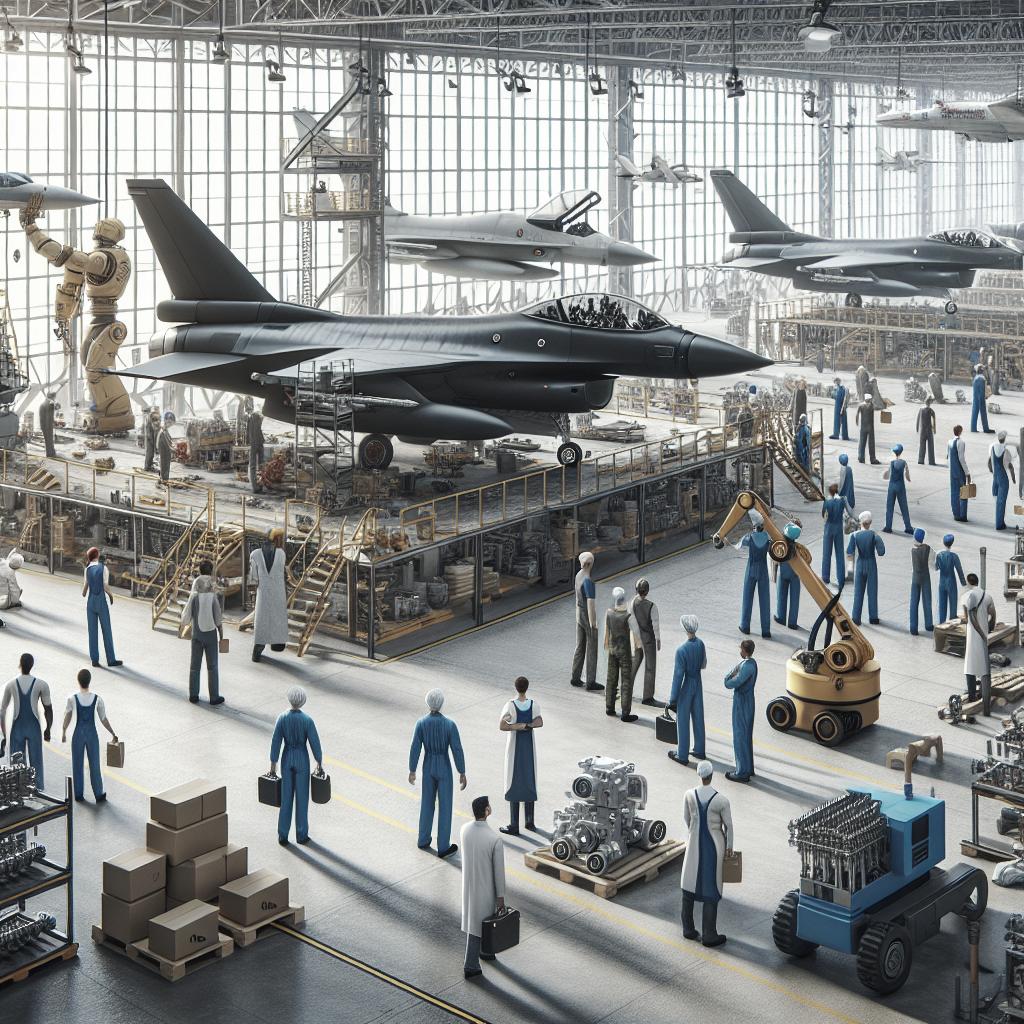In the realm of military aviation, the ability to refuel aircraft mid-flight is a game-changing capability that extends mission durations and enables operations in remote areas without the need for landing. This sophisticated process involves two primary methods: boom systems and probe-and-drogue solutions. Upcoming advancements suggest a shift towards largely autonomous refueling aircraft promising significant transformation for military logistics and efficiency. This article delves into these refueling technologies, examines the steps towards autonomy, and provides insights from historical and modern perspectives, encapsulated within the Hill Aerospace Museum’s exhibits. Additionally, related posts are recommended for further exploration.
Boom systems vs. probe-and-drogue solutions
Aerial refueling is predominantly accomplished through either boom systems or probe-and-drogue solutions. Each mechanism has its distinct method and tactical advantages. The boom system is a rigid, telescoping tube attached to the back of the tanker aircraft that extends to connect with a receptacle on the receiving aircraft. Operated by a boom operator who maneuvers it into position, the boom allows for high fuel transfer rates, making it ideal for large jets like bombers and cargo planes. The precision and rapid fuel delivery of this system contribute significantly to efficient mission turnarounds. On the other hand, the probe-and-drogue system employs a hose with a funnel-shaped drogue at the end, which trails behind the tanker aircraft. The receiving aircraft must insert a probe into the drogue to establish a fuel connection. This method is more versatile and compatible with a wider range of aircraft including helicopters and fighter jets. While the fuel transfer rate is slower compared to the boom system, its flexibility is advantageous for diverse fleet operations.
Refueling aircraft will soon be largely autonomous
The evolution of aerial refueling technology is steering towards autonomous operations, with advancements aiming to enhance efficiency and reduce human error.
First
The first steps towards autonomy involve integrating advanced sensors and artificial intelligence into the refueling systems. These technologies can improve the precision of alignment between aircraft, ensuring safe and accurate fuel transfer. Autonomous navigation systems enable the tanker to maintain stable flight paths, even in challenging weather conditions or complex airspaces.
Second
Next, machine learning algorithms play a pivotal role in processing vast amounts of flight and environmental data in real-time. By learning from countless refueling missions, these systems can predict and adapt to various scenarios, enhancing reliability. The AI can then take corrective actions, providing constant refinement of the connection between tanker and receiver, which is crucial for mid-air operations.
Third
Third, the integration of communication protocols between aircraft ensures seamless coordination. Autonomous systems utilize secure, high-speed data links to relay status updates and commands between the tanker and receiver. This connectivity ensures that both aircraft can make synchronous adjustments, promoting smooth and safe refueling.
Fourth
Finally, human oversight remains essential, even in increasingly autonomous systems. Ground control operators provide additional layers of safety by monitoring and intervening when necessary. This hybrid approach ensures that while machines handle the precision of refueling, human judgment can address unexpected challenges or anomalies.
The Hill Aerospace Museum
The Hill Aerospace Museum situated in Utah offers a comprehensive insight into the history and future of aerial refueling. The museum features exhibits of historic refueling aircraft and interactive displays that illustrate the technical evolution of mid-air refueling. Visitors can explore the significance of boom and probe-and-drogue systems through detailed models and multimedia presentations. The legacy of these systems is showcased alongside the latest advancements in autonomous technology, providing context and appreciation for ongoing innovations. Educational programs at the museum further delve into the intricacies of refueling aircraft, catering to enthusiasts and students alike. These initiatives highlight the pivotal role of aerial refueling in modern military strategy and its continued evolution.
Related Posts
1. The Evolution of Tanker Aircraft: From Concept to Modern Giants 2. Artificial Intelligence in Military Aviation: What Lies Ahead 3. Understanding the Mechanics of Aerial Refueling 4. The Role of Drones in Future Military Operations 5. Innovations in Aviation: How Technology is Changing Flight
| Section | Summary |
|---|---|
| Boom systems vs. probe-and-drogue solutions | Describes the two primary methods of mid-air refueling, their mechanics, and advantages. |
| Refueling aircraft will soon be largely autonomous | Discusses the future of autonomous refueling aircraft, the technologies involved, and the benefits. |
| First | Implementation of advanced sensors and AI for precise alignment and safe fuel transfer. |
| Second | Use of machine learning algorithms to enhance reliability and predict scenarios. |
| Third | Integration of communication protocols for coordination between aircraft. |
| Fourth | Ensuring human oversight alongside autonomous systems to handle anomalies. |
| The Hill Aerospace Museum | Highlights exhibits and educational programs focused on the history and future of aerial refueling. |
| Related Posts | Suggestions for further reading on related topics in military aviation and refueling technology. |
The intricate dance of refueling aircraft mid-air is testimony to human ingenuity and the relentless pursuit of efficiency in military operations. From traditional boom systems to the forthcoming autonomous models, each advancement marks a significant leap towards optimized performance and safety in the skies.


